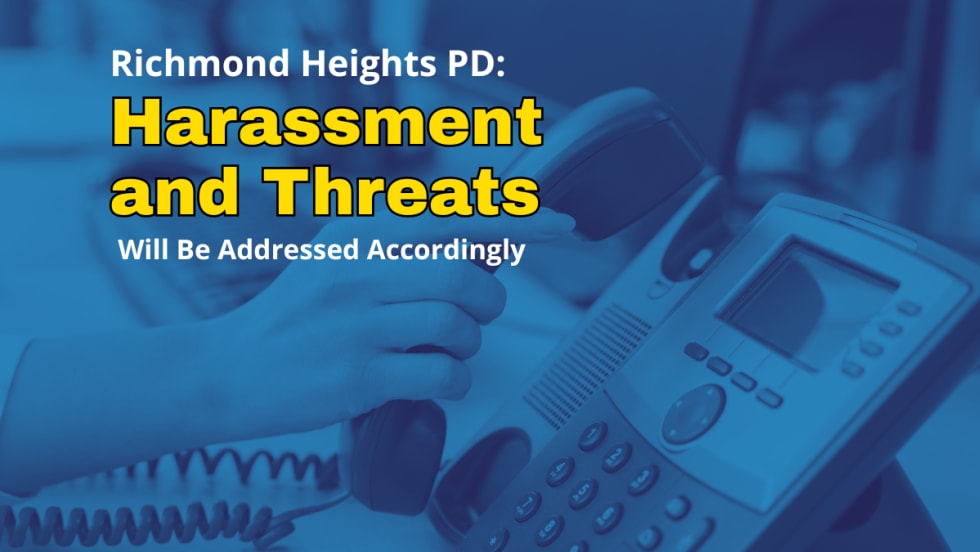There are many other striking techniques and factors that can be as, or more, effective than punches to the head. These include, but are not limited to, head butts; forearm strikes; elbow strikes; knee strikes; and kicks, all to various target areas. The effects of these techniques are dependent upon distance, reaction time, body position, subject actions, target availability, training, and other factors.
Again we must examine the purpose of the strike, be it a punch, kick, or other form of blow. The purpose must always be to create an opportunity to gain control of a violent person or to get away from that person. Strikes that are delivered with the intent to punish or to deliberately injure without purpose are not legitimate control tactics or defensive tactics. But it is unrealistic to believe that a violent, assaultive, or highly resistive individual can be effectively controlled, or evaded, without first momentarily "stunning" them, without "making a chance."
To initially engage this type of subject with wrestling, grappling, or "takedown" techniques, is to invite injury upon yourself. These types of techniques are considered to be "follow-up control" techniques, and should always be employed after sufficiently stunning the subject (unless your goal is to escape). When dealing with this type of behavior, strike first, and then employ sound follow-up control or disengagement tactics.
"Make a chance."
Sgt. Joel Johnston is a 17-year veteran of the Vancouver (Canada) Police Department Emergency Response Team. He spent eight years as the Department's Control Tactics Coordinator, holds a third-degree black belt in Shotokan karate, and is the Principal of Defensive Tactics Inc. (Canada)












